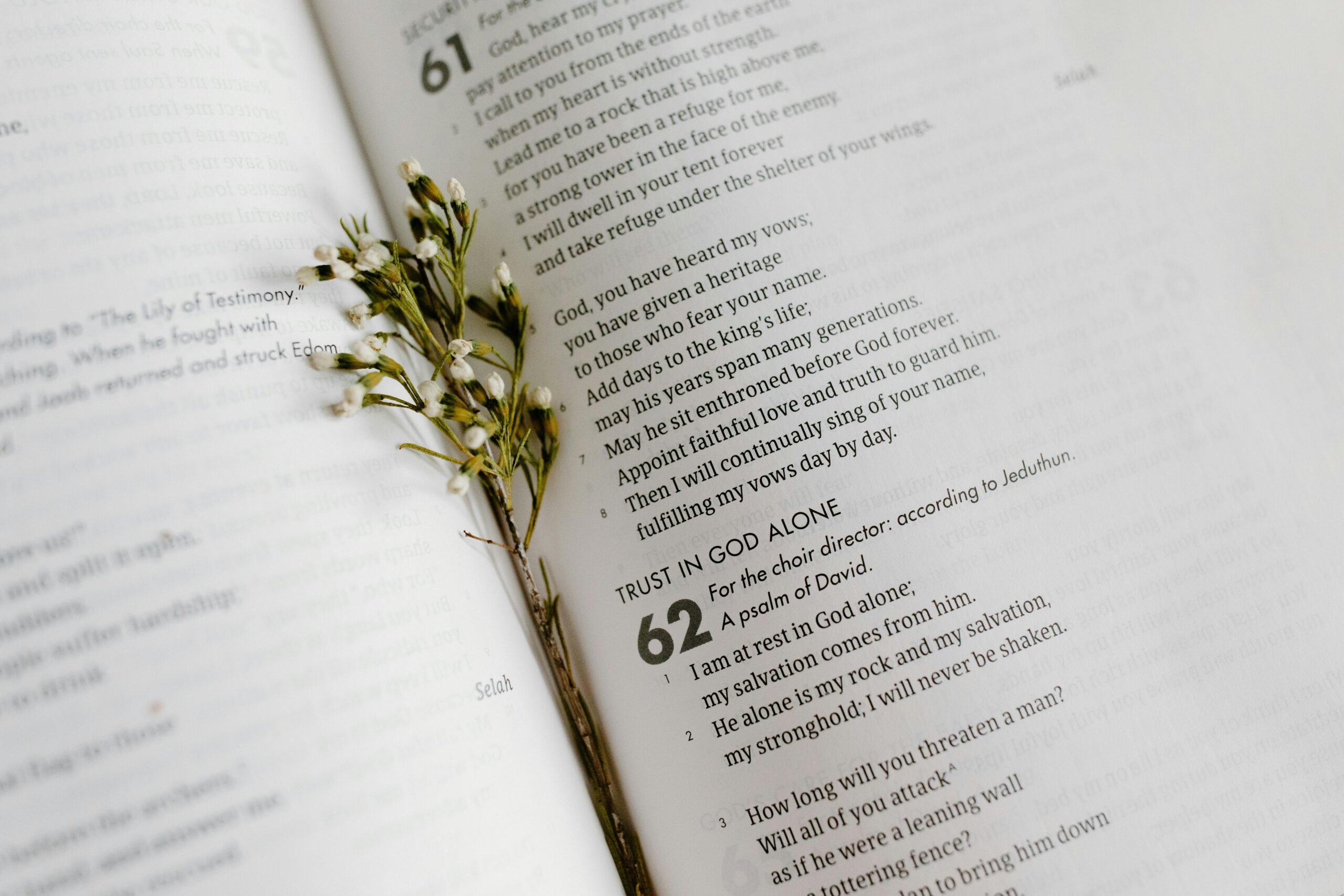Addiction, whether to substances, behaviors, or thought patterns, can feel like an insurmountable mountain. However, countless individuals have found hope and healing through structured recovery programs. Among these, the Christian 12-Step Recovery Plan stands out for integrating spiritual principles with practical steps, guiding participants towards freedom and spiritual renewal.
The Christian 12-Step Recovery Plan is based on the original 12-step program developed by Alcoholics Anonymous (AA), but it incorporates biblical teachings and a personal relationship with Jesus Christ. Let’s explore the steps in detail.
Step 1: Admitting Powerlessness
- “We admitted we were powerless over our addiction—that our lives had become unmanageable.”
- In this step, the realization dawns that self-effort alone is insufficient. The Bible reminds us in Romans 7:18: “For I have the desire to do what is good, but I cannot carry it out.” Recognizing our own limitations is the first step towards recovery.
Step 2: Believing in a Higher Power
- “Came to believe that a power greater than ourselves could restore us to sanity.”
- Here, the focus shifts to faith in God. Hebrews 11:6 emphasizes, “And without faith it is impossible to please God, because anyone who comes to him must believe that he exists and that he rewards those who earnestly seek him.” Trust in God’s power is essential for transformation.
Step 3: Surrendering to God
- “Made a decision to turn our will and our lives over to the care of God as we understood Him.”
- This step involves a conscious decision to surrender control to God, much like Jesus did in Luke 22:42: “Father, if you are willing, take this cup from me; yet not my will, but yours be done.” Surrendering to God’s plan brings peace and direction.
Step 4: Self-Examination
- “Made a searching and fearless moral inventory of ourselves.”
- Lamentations 3:40 encourages us: “Let us examine our ways and test them, and let us return to the Lord.” This step involves deep self-reflection, acknowledging past mistakes, and understanding their impact.
Step 5: Confession
- “Admitted to God, to ourselves, and to another human being the exact nature of our wrongs.”
- James 5:16 advises, “Therefore confess your sins to each other and pray for each other so that you may be healed.” Confessing our faults breaks the power of secrecy and shame, opening the door to healing.
Step 6: Readiness for Change
- “Were entirely ready to have God remove all these defects of character.”
- Being ready for change is crucial. James 4:10 states, “Humble yourselves before the Lord, and he will lift you up.” Humility and openness to God’s refining work prepare us for transformation.
Step 7: Asking for God’s Help
- “Humbly asked Him to remove our shortcomings.”
- In prayer, we seek God’s intervention. Psalm 51:10 expresses this desire beautifully: “Create in me a pure heart, O God, and renew a steadfast spirit within me.” Trusting God to change us from within is vital.
Step 8: Making a List of Amends
- “Made a list of all persons we had harmed and became willing to make amends to them all.”
- Matthew 5:23-24 urges reconciliation: “Therefore, if you are offering your gift at the altar and there remember that your brother or sister has something against you, leave your gift there… First go and be reconciled to them; then come and offer your gift.” Recognizing those we’ve hurt sets the stage for healing relationships.
Step 9: Making Amends
- “Made direct amends to such people wherever possible, except when to do so would injure them or others.”
- This step calls for direct action. Luke 19:8 shows Zacchaeus’ example: “But Zacchaeus stood up and said to the Lord, ‘Look, Lord! Here and now I give half of my possessions to the poor, and if I have cheated anybody out of anything, I will pay back four times the amount.'” Making amends restores broken relationships.
Step 10: Ongoing Personal Inventory
- “Continued to take personal inventory and when we were wrong promptly admitted it.”
- 1 Corinthians 10:12 warns, “So, if you think you are standing firm, be careful that you don’t fall!” Regular self-examination ensures we stay on the right path and address issues promptly.
Step 11: Deepening Connection with God
- “Sought through prayer and meditation to improve our conscious contact with God, praying only for knowledge of His will for us and the power to carry that out.”
- Philippians 4:6-7 encourages us to seek God in prayer: “Do not be anxious about anything, but in every situation, by prayer and petition, with thanksgiving, present your requests to God. And the peace of God… will guard your hearts and your minds in Christ Jesus.” A deep, ongoing relationship with God sustains us.
Step 12: Helping Others
- “Having had a spiritual awakening as the result of these steps, we tried to carry this message to others and to practice these principles in all our affairs.”
- Matthew 28:19-20 commands, “Therefore go and make disciples of all nations… teaching them to obey everything I have commanded you.” Sharing our journey and helping others is the final step in the recovery process, reinforcing our own healing and extending hope to others.
Conclusion
The Christian 12-Step Recovery Plan is a transformative journey that leads individuals from the bondage of addiction to the freedom of a restored life in Christ. By integrating biblical principles with practical steps, it provides a powerful framework for healing and spiritual renewal. If you or someone you know is struggling with addiction, consider embarking on this path to discover the freedom and hope that only God can provide.



